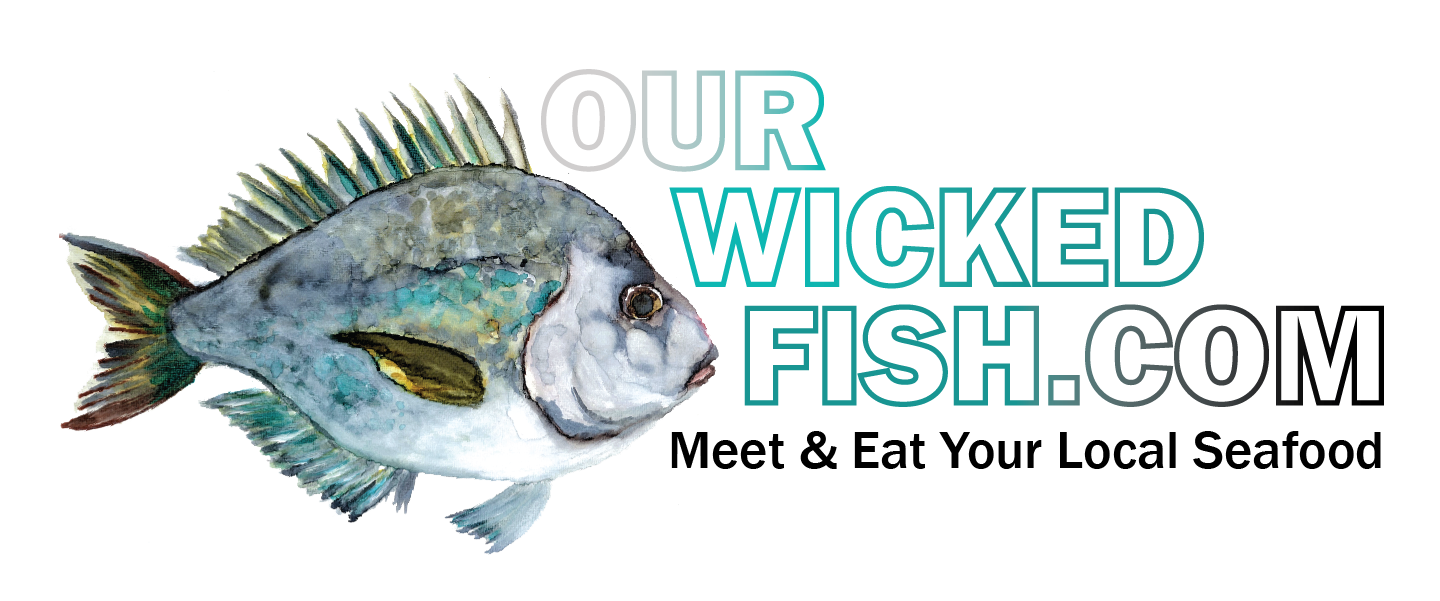Omega 3 fatty acids are an important part of a heart-healthy diet; however, most sources of information only suggest one thing - salmon! But not every consumer wants to eat Atlantic salmon (especially after they learn about what it takes to farm Atlantic salmon) . Thankfully, there are other options than farmed Atlantic / Norwegian salmon!
Here are a few suggestions as you look for a more healthy alternatives to get your dose of omega fatty acids
OMEGA 3 IN OYSTERS AND OTHER SHELLFISH
Shellfish, like oysters, is PACKED with omega 3s!
Throwing back six to twelve oysters on the halfshell can provide you more omega 3s than a portion of salmon.
Plus, shellfish provide valuable environmental services like filtering water and sequestering carbon. We’ll take a dozen, please!
FLAX SEEDS AND ALGAE
Who knew, right? Read more and use these links to purchase algae supplements with omega-3s and flax seeds from Amazon. Portions of your purchase will go towards Our Wicked Fish!
CHOOSE WILD SALMON WHEN IT IS IN-SEASON
Remember, there are 5 other types of salmon in the U.S. There’s King, Sockeye, Coho, Chum (Keta), and Pink. They can be caught in Washington and Alaska and may be referred to as “Pacific” salmon.
Wild Alaskan salmon is in-season June-August depending on regulations. When buying fresh wild salmon this summer, choose Coho or Sockeye since Keta and Pink are more commonly used for canned salmon.
King is called King for a reason. It only represents a small portion of the catch. It should be the priciest fish in the seafood case and on menus. If you do spot the King at the grocery store at a low price (less than $15/lb), it’s possible it’s like an Elvis in Las Vegas-it’s not the real King.
STILL FOCUSED ON ATLANTIC SALMON? CONSIDER THE FAROE ISLANDS
Not all Atlantic Salmon is raised the same. Faroe Island salmon comes from the small cluster of islands between Iceland, Scotland and Norway. The cold and strong currents paired with the Faroese attitude for ethical salmon production, makes the islands a great place to raise some healthy and delicious pink fleshy fish. Faroe Island Salmon are raised without antibiotics, the sea cages are bigger and fish are grown in low densities (lots of open swimming area!).
CONCLUSION
While wild Alaskan salmon is the best for taste, domestic economy, animal welfare, etc., not everyone is willing to pay the fair price or even want to eat fish for omega fatty acids. Give shellfish a shot or evaluate if a non-fish approach such as flaxseed or algae supplements will satisfy your urge for those trendy omegas.






